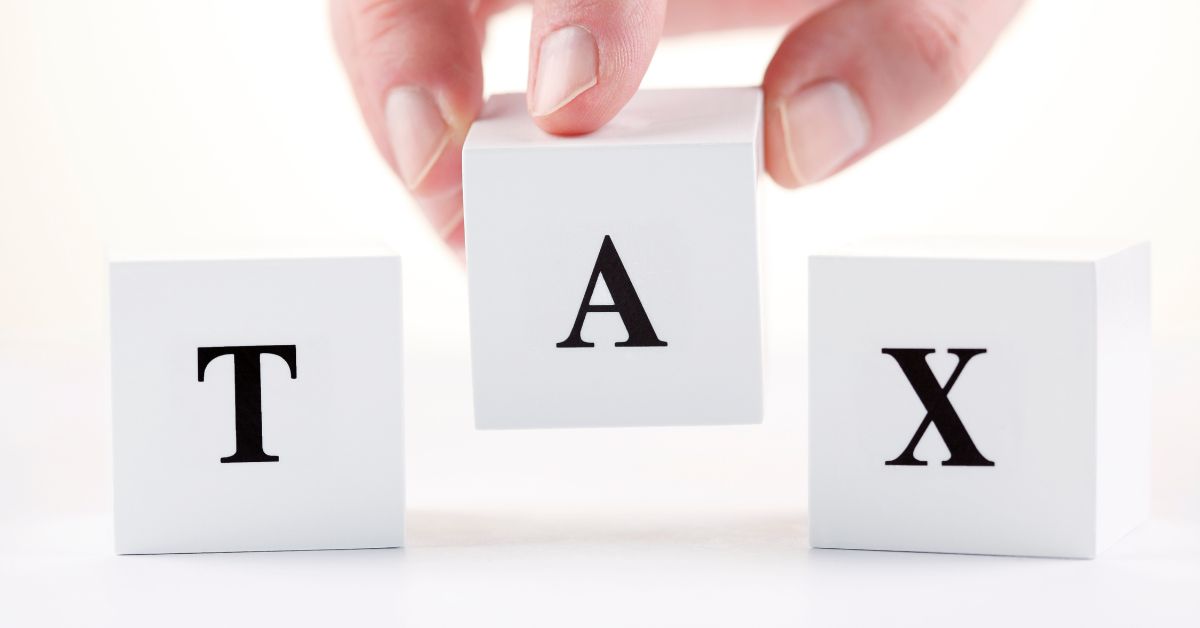Tax Changes for 2023 in Australia: What You Need to Know
Introduction
As a new financial year begins, Australians should be aware of the latest tax changes that come into effect in 2023. These changes can impact various aspects of personal and business finances, ranging from income tax rates to deductions and rebates. Staying informed about these alterations is crucial for effectively managing your financial affairs and ensuring compliance with the updated tax regulations.
Income Tax Rate Adjustments
1. Personal Income Tax Rates
One of the most significant tax changes for individuals in Australia is the adjustment of personal income tax rates. The government has introduced changes to the tax brackets, affecting how much tax different income groups pay. These changes are aimed at providing relief to low and middle-income earners while maintaining revenue streams for the government.
Starting from July 1, 2023, the tax rates have been recalibrated as follows:
Income up to $18,200: No tax payable
Income between $18,201 and $45,000: Taxed at 19%
Income between $45,001 and $120,000: Taxed at 32.5%
Income between $120,001 and $180,000: Taxed at 37%
Income over $180,001: Taxed at 45%
These revised tax rates aim to alleviate the tax burden on lower and middle-income earners, providing them with more disposable income.

What are the tax changes for 2023 in Australia?
2. Medicare Levy Changes
The Medicare Levy, which funds the Australian healthcare system, has also seen adjustments in 2023. The levy is calculated as a percentage of an individual’s taxable income, and it’s used to support essential medical services across the country. As of 2023, the Medicare Levy has been set at 2% of an individual’s taxable income.
Deductions and Offsets
1. Work-Related Expense Claims
Australians claiming work-related expenses should take note of changes to the rules surrounding deductions. The Australian Taxation Office (ATO) has been cracking down on inappropriate claims, urging taxpayers to ensure that their deductions are genuine and directly related to their employment. It’s important to maintain accurate records and only claim expenses that are genuinely incurred as part of your work duties.
2. Low and Middle-Income Tax Offset (LMITO)
The Low and Middle-Income Tax Offset is designed to provide tax relief for individuals with lower to middle incomes. For the 2023 financial year, the LMITO provides a maximum offset of $1,080 for taxpayers with a taxable income of up to $90,000. The offset gradually phases out for those earning between $90,001 and $126,000.
Superannuation Changes
1. Superannuation Guarantee Increase
In a move to enhance retirement savings for Australians, the compulsory employer contribution, known as the Superannuation Guarantee (SG), has been raised. Starting from July 1, 2023, the SG rate has increased from 10% to 10.5%. This rate is expected to continue rising gradually over the coming years, providing individuals with greater financial security in their retirement years.
2. Downsizer Contributions
For individuals aged 65 and over, the downsizer contribution allows you to make a one-time contribution of up to $300,000 into your superannuation fund from the proceeds of selling your primary residence. This contribution doesn’t count towards the usual contribution caps and can be a useful strategy for individuals looking to boost their retirement savings.
Conclusion
Staying informed about tax changes is essential for effectively managing your finances and ensuring compliance with the law. The 2023 tax changes in Australia bring adjustments to income tax rates, Medicare Levy, deductions, and superannuation contributions. It’s advisable to consult with a tax professional or financial advisor to understand how these changes specifically affect your financial situation. By staying up-to-date with the latest tax regulations, you can make informed decisions and optimize your financial well-being in the new financial year and beyond. For CBD tax brackets see here.


